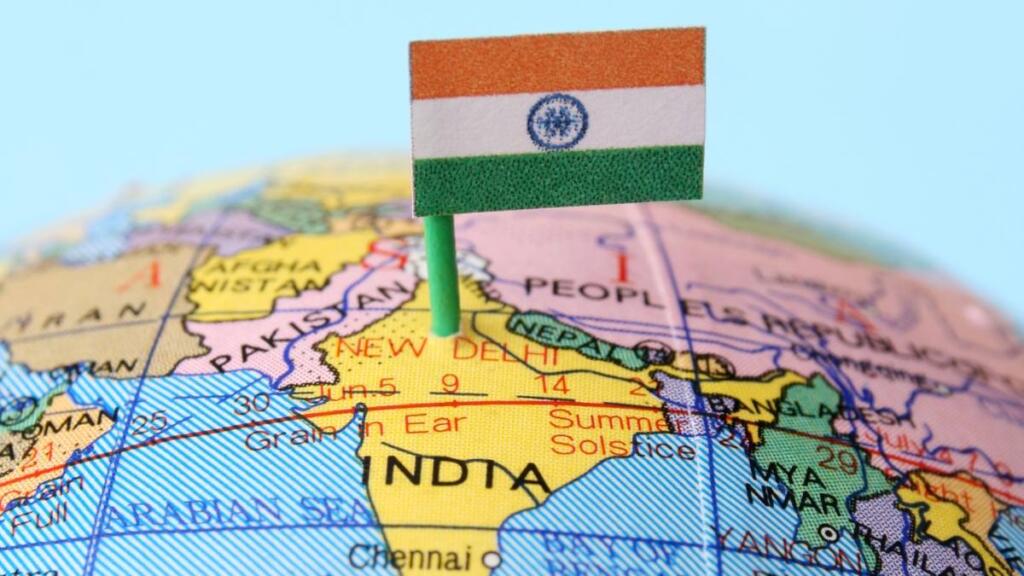No country can select its geography, neighbors, or the challenges linked to them. India’s geographical situation presents significant logistical challenges. With a 15,200 km long land border, which is double its 7,500 km coastline, India faces unique geopolitical and trade dynamics. These factors ensure that 90% of India’s trade by volume and 70% by value occurs via maritime routes. Consequently, maritime trade routes have been a critical concern for India.
Addressing Trade Barriers
Connecting with Afghanistan and Central Asia, and further to the Eurasian landmass, has been fraught with obstacles. India has tackled these challenges by supporting multi-modal transport corridors to the east and west. Notable investments include the Sittwe port in Myanmar and Chabahar port in Iran. Sittwe forms part of the Kaladan Multi-Modal Transit Transport Project, while Chabahar connects to the Zaranj-Delaram highway in Afghanistan. These projects illustrate India’s strategic efforts to enhance regional connectivity.
American Concerns Over Chabahar
India’s strategic initiatives also extend to the India-Middle East-Europe (IMEC) corridor, involving the US, UAE, Saudi Arabia, and several European countries. However, the withdrawal of American forces has altered the dynamics in Afghanistan and Central Asia. Given India’s geographical realities, the agreement between Indian Ports Global Limited (IPGL) and Iran’s Ports and Maritime Organization (PMO) must be understood in context.
Shortly after the Chabahar agreement was signed, the US warned of potential sanctions risks for trading with Iran. This warning sparked speculation about potential tensions in US-India relations. However, these concerns need to be viewed with proper perspective.
Strengthening India-US Relations
India-US relations have matured significantly over the past decade. This evolution is particularly evident in the defense sector, marked by increased strategic cooperation. A recent $4 billion agreement for purchasing MQ-9B armed drones highlights this development. Since 2000, defense trade between the two countries has surged to $20 billion from negligible levels.
Key advancements include the India-US Initiative on Critical and Emerging Technology (ICET), India’s inclusion in the Artemis Accords for outer space, collaboration in semiconductors, cooperation in combat aircraft engines, and securing maritime communication lines in the Indian Ocean. These collaborations underscore the deepening of strategic ties.
Both nations have also united on global issues such as climate change and counter-terrorism. High-level diplomatic engagements have strengthened this partnership, making it one of the most significant relationships of the 21st century.
Willingness to Discuss Disagreements
An ambitious roadmap to establish India and the US as ‘trusted technology partners’ highlights the progress in India-US relations. This framework aims to overcome regulatory barriers and export controls, particularly on the American side.
This achievement marks a significant milestone in India-US relations, which have progressed over the last 25 years. Disagreements on some issues are natural, but the era of India and the US talking past each other is over. Both sides now engage in discussions to resolve any arising irritations.
For example, India decided to import oil from Moscow despite Washington’s objections, explaining the necessity to maintain stability in global oil markets. This pragmatic approach helped the US understand India’s position. Similarly, the Chabahar deal focuses on regional stability and connectivity, which aligns with US interests.
India Following America’s Example
By investing in Chabahar port, India aims to enhance connectivity with Central Asia and Afghanistan. This will benefit the International North-South Transport Corridor (INSTC), which has faced setbacks due to the conflict in Ukraine.
India’s actions mirror America’s 2015 move when the P5+1 signed the Joint Comprehensive Plan of Action (JCPOA) with Iran. While the approaches may differ, both the Chabahar agreement and the JCPOA share goals of preventing Iran from continuing its nuclear program and integrating it into the global economic system. A nuanced understanding of these situations is essential.
Managing Global Power Dynamics
India and the US have uniquely distinct histories, leading to different approaches in engaging with other countries. Washington has relied on treaty-based alliances for decades. In contrast, New Delhi has traditionally maintained its independence through a non-alignment approach.
This difference necessitates a sophisticated understanding of the dynamics at play. India and the US have agreed to cooperate for ‘global good.’ Therefore, it is crucial for the US to recognize that India’s agreement with Iran is a connectivity effort to bring prosperity. This effort aligns with Washington’s rules-based world order perspective.
The US has previously shown flexibility and maturity in its dealings with India. New Delhi hopes this approach will continue, advancing the relationship further.
